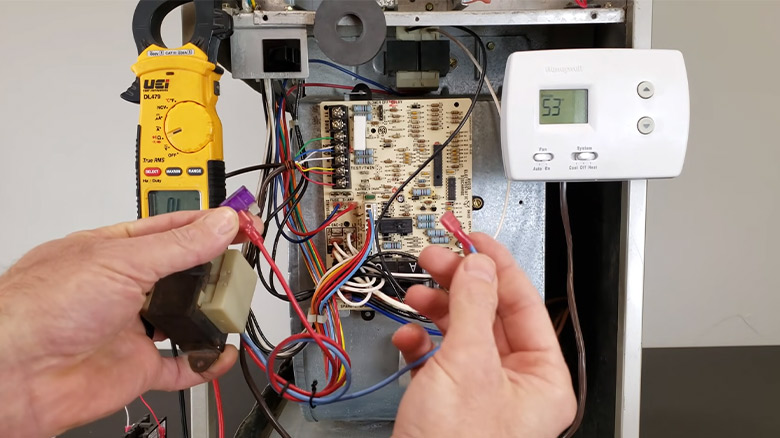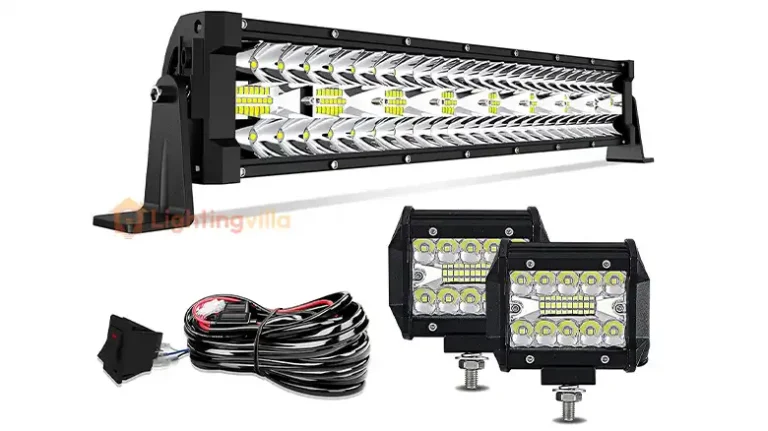Can You Run Low Voltage Wire with High Voltage
You can barely think of any home without high-speed WI-FI connectivity, a musical system, and LED lights. In modern homes, the amenities include intelligent doorbells, intercom system security cameras, and motion sensors. Most of these devices require a low-voltage wiring system. That’s why when it comes to wiring options, homeowners and electricians are keeping an option for running both low-voltage and high-voltage wiring in an integrated system.
This article will discuss whether you can run both LV and HV wires in the same conduit. In addition, we will shed light on the wiring system through which low-voltage cabling is designed and operated in a house separate from the main electrical system.
But before we dive deep, let’s know the basics.

What Is Low Voltage Wire?
A low-voltage wire is compatible with carrying up to 50v of current. So, when the wiring in an electrical system is designed and developed to carry 50v current, it is called low voltage wiring. Typically, in an electrical system built for a home, the main system is compatible with 120-240v. The low-voltage wire is not covered with non-metallic sheathing like the HV wire. Instead, you will find a thin rubber plastic insulation with the LV wire.
What Is High Voltage Wire?
HV wire is used for high-voltage electrical transmission. It is used underground and underwater. That’s why it contains multiple layers of insulation. First, the conductor is wrapped under a metallic shield covered with thick plastic insulation.
What Happens If You Run Low Voltage and High Voltage Cables in The Same Conduit?
To be very specific, it’s a violation of the NEC code, and we strictly suggest refraining from running high- and low-voltage cables in the same conduit. Firstly, the NEC code indicates that you cannot run more than 60V with a wire less than 60V. In addition, the high-voltage wire will cause voltage fluctuations that will affect the signal carried by the low-voltage wire.
Running Low Voltage Wiring with High Voltage Electrical System- Find out what happens
Most of the wall outlets used in an electrical system are 120-240 volts. But the low voltage wiring can take up to 50 volts of electricity. So, wiring the home electrical system with low voltage wire is quite a destruction in that case. Now, the question remains, How are we going to run the low-voltage devices?
That’s where the structured wiring comes in. In a structured wiring system, low-voltage outlets can coexist in a home’s electrical system built on a separate network. Modern-day electricians design and build a distinct network for low-voltage wiring systems. The structured wiring is designed and operated on a different network from the main electrical system. Thus, the structured wiring ensures a smooth and uninterrupted flow of current to low-voltage devices.
You must remember that the performance of structured cabling depends solely on the design that allows proper airflow and fixes the cooling issues. The cable used in the system should also be compatible with taking the system’s load.
Conclusion
In any electrical system, the necessity for combining low-voltage wire with high-voltage is too specific; in most homes, there are two discrete wiring systems. Along with the central electrical system, an electrical system may allow an additional cabling design compatible with low-voltage devices. But if you are running low-voltage and high-voltage wires in the same conduit, destruction is a matter of seconds.






![Are Halogen Flood Lights Dimmable [Explained]](https://lightingvilla.com/wp-content/uploads/2023/01/Are-Halogen-Flood-Lights-Dimmable-768x431.jpg)